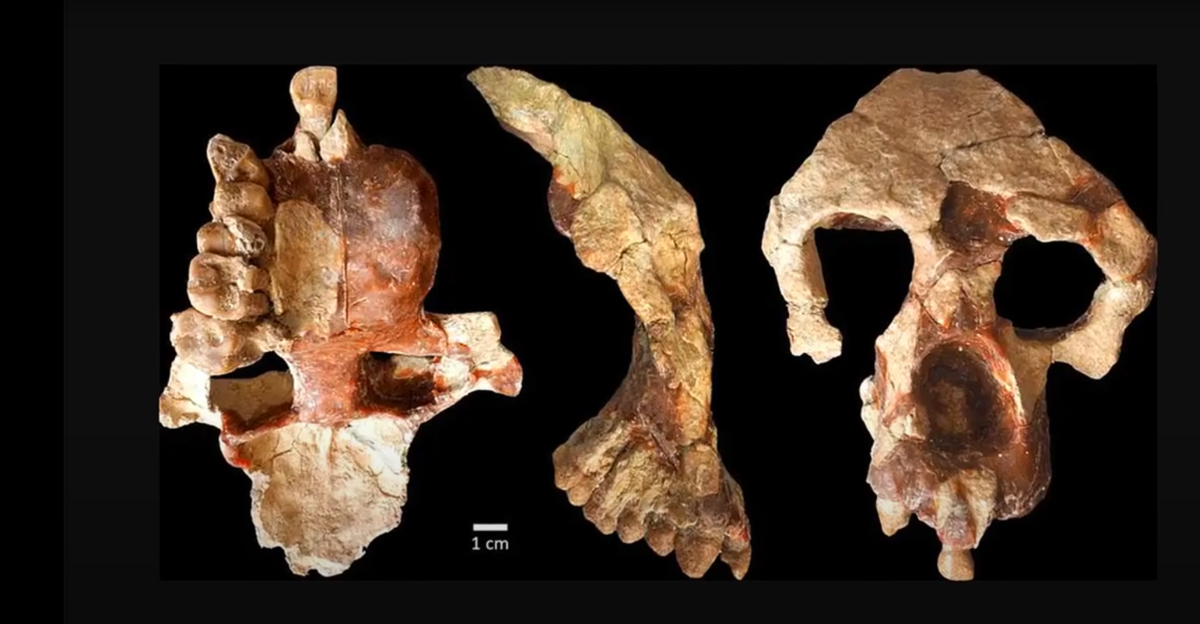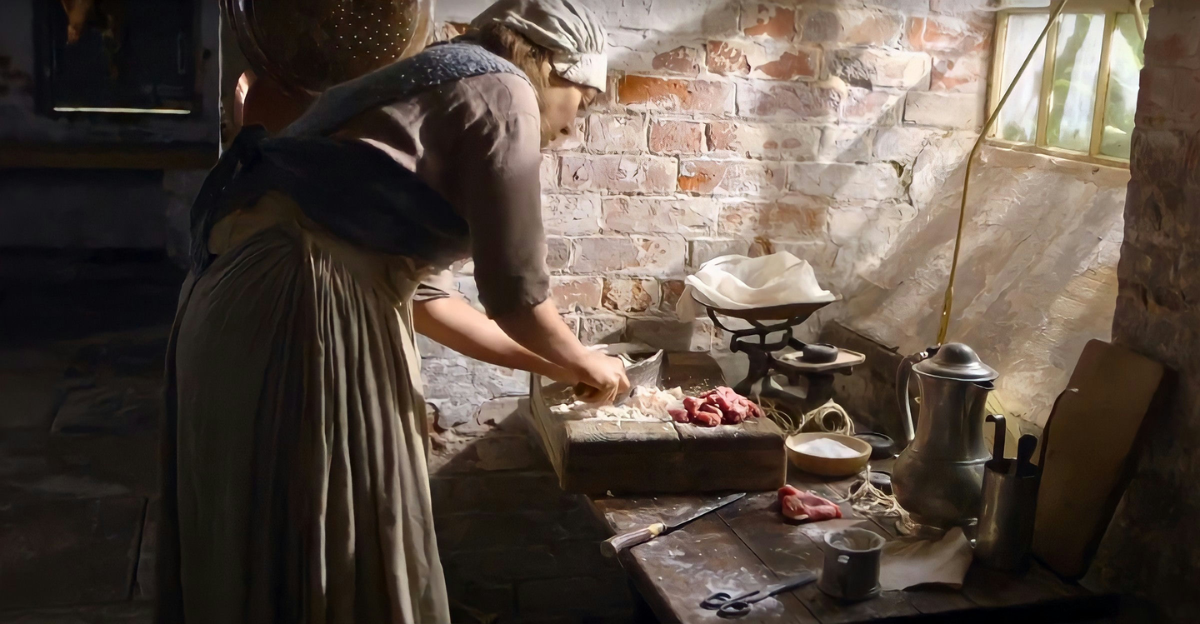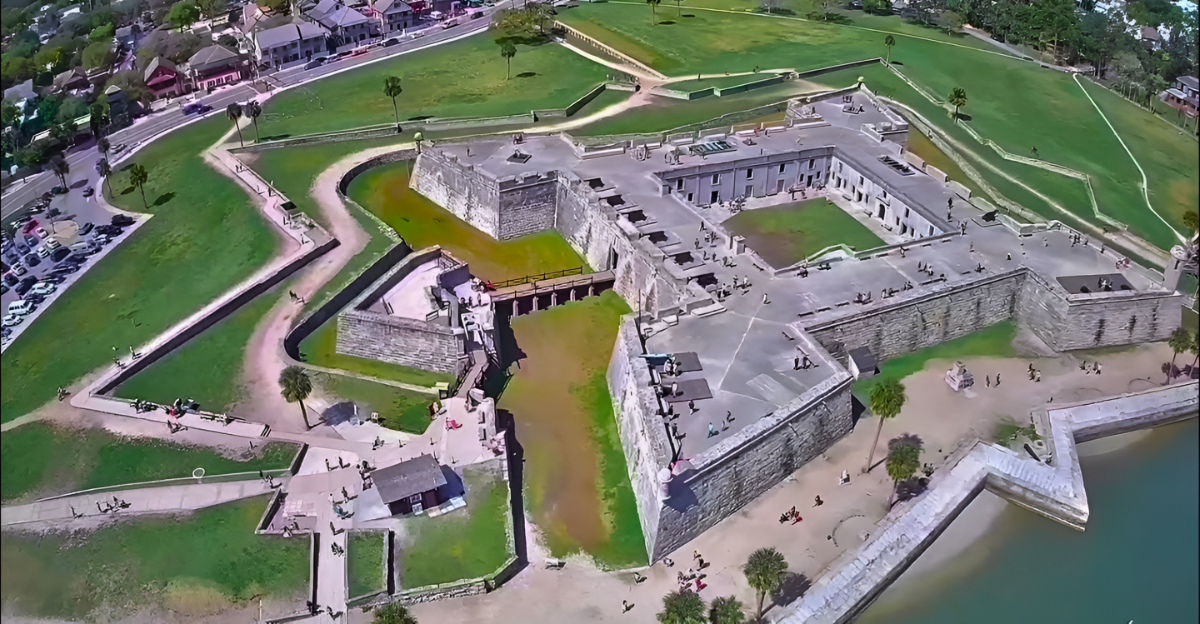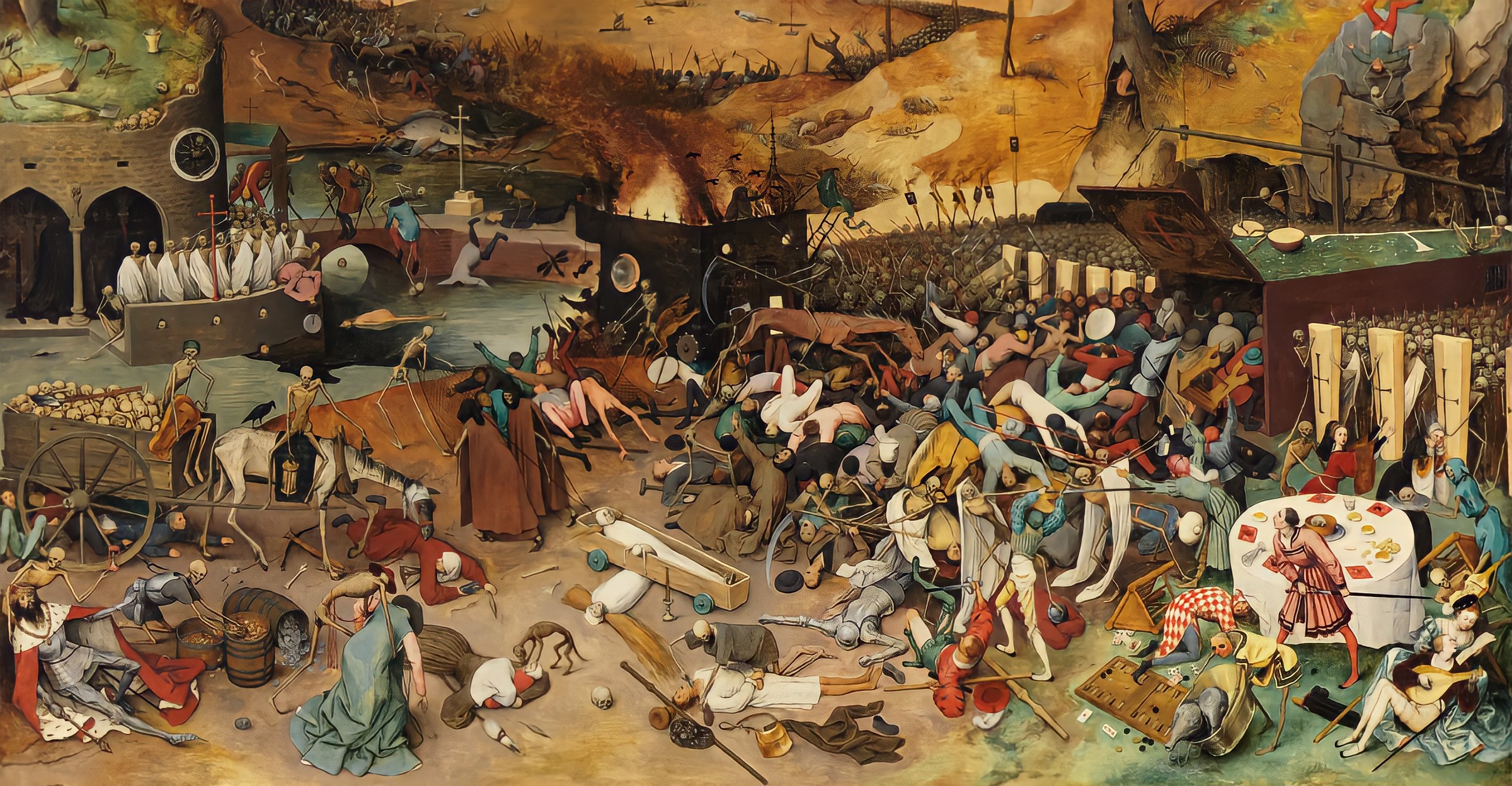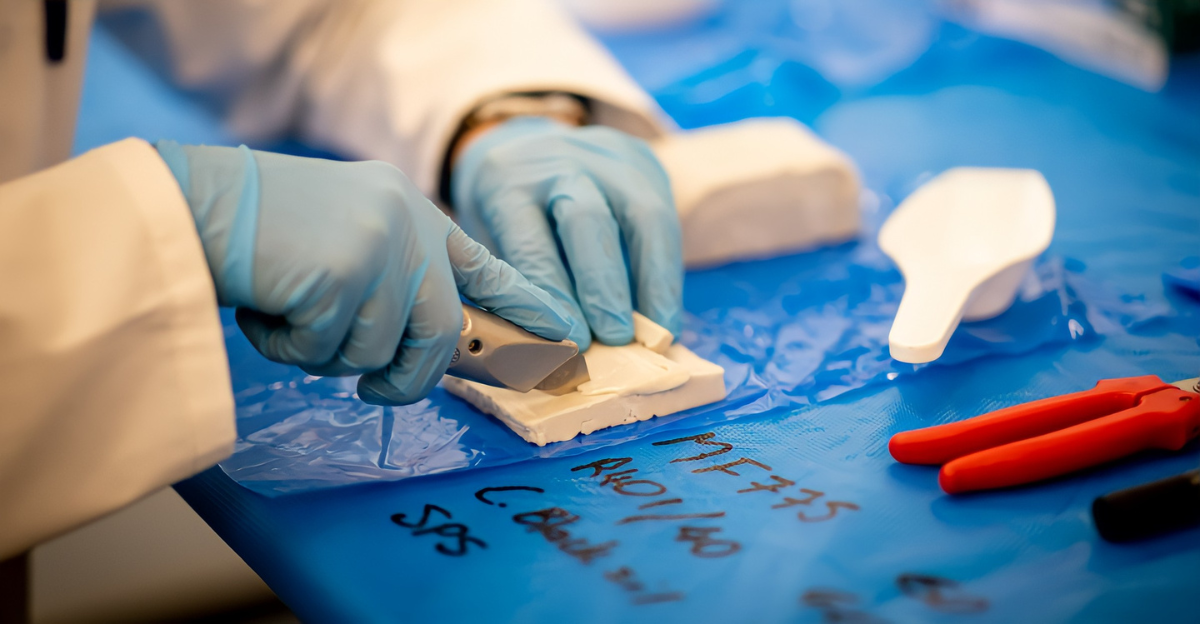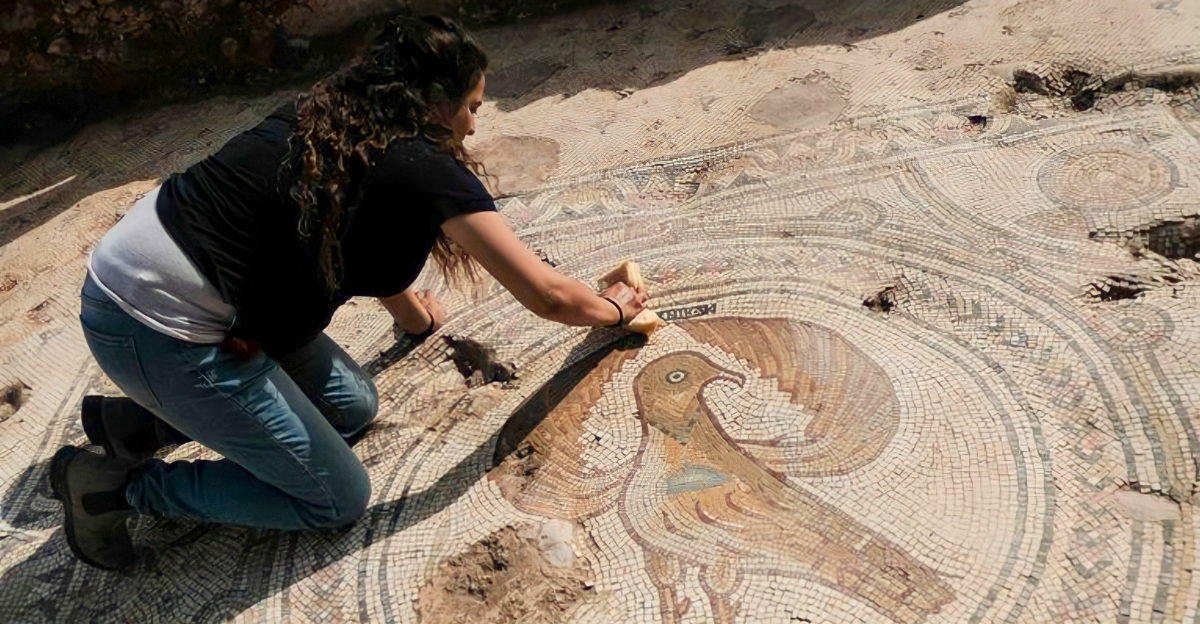
Not all churches announce themselves with steeples and bells. Some sleep beneath centuries of soil, waiting for the right eyes and tools to uncover them. That’s precisely what happened in the ancient city of Artaxata, near modern-day Artashat in Armenia. There, archaeologists from the National Academy of Sciences of Armenia and the University of Münster in Germany made a discovery that could alter the story of early Christianity. What they unearthed wasn’t just ruins. It was a lost world.
Armenia: The First Christian Nation
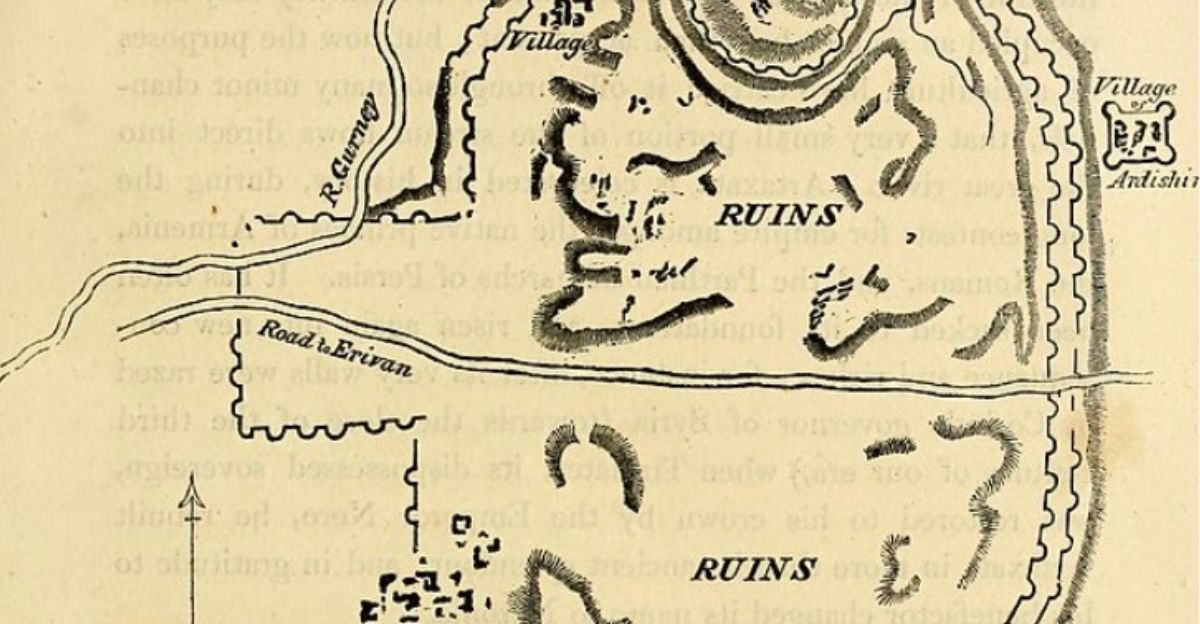
Why here? Why Armenia? This mountainous land was the first to adopt Christianity as a state religion in 301 AD, decades before Rome followed suit. Yet, until now, there has been little physical evidence of large-scale Christian worship from those early years. That changed when ground-penetrating radar revealed something astonishing beneath the former royal capital of Artaxata. A new layer of history had been hiding in plain sight, just beneath the soil.
A Shape That Meant Something

What emerged from the excavation wasn’t your typical basilica. The church was octagonal, extended in a cruciform design pointing in the four cardinal directions. At roughly 30 meters in diameter, this wasn’t a modest chapel. It was monumental, designed to impress, gather, and perhaps even guide pilgrims, according to Sci.News. Although rare in Armenia, this architectural style was typical in the Eastern Mediterranean during the 4th century. Its presence here suggests direct cultural and theological influence beyond Armenia’s borders.
Anchored in the Fourth Century
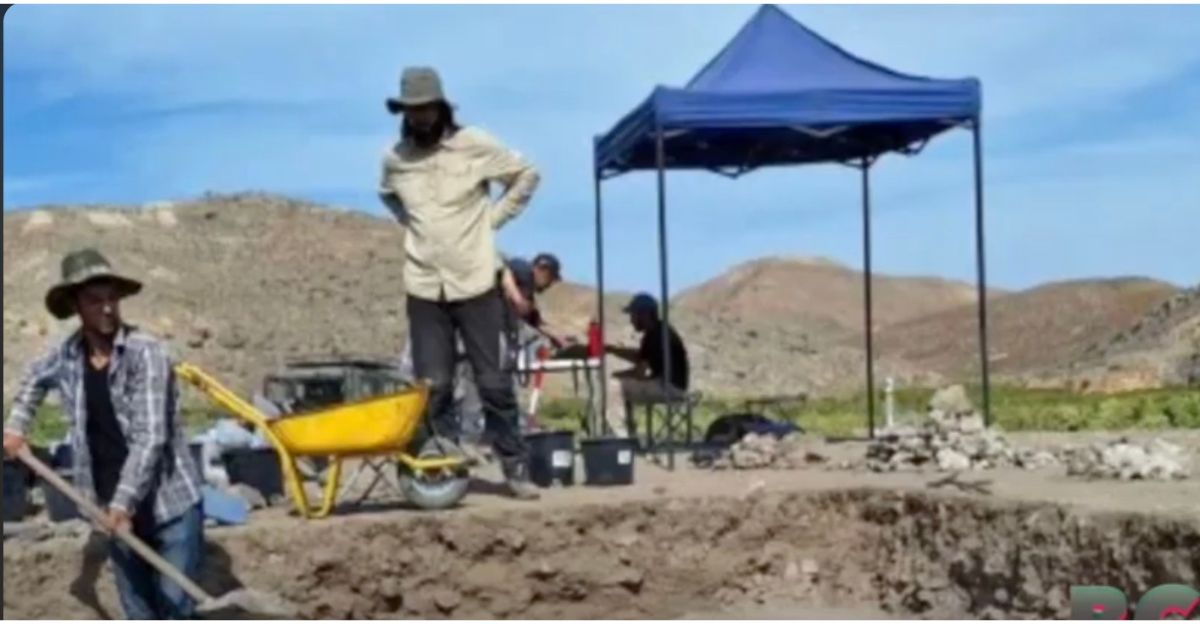
Researchers analyzed wood from buried platforms to date the structure and compared stylistic details like flooring and layout. The results point to the mid-4th century AD, just after the Edict of Milan (313 AD) legalized Christianity across the Roman Empire. But Armenia was ahead of the curve. As Archaeology Magazine notes, this church may be the oldest archaeologically documented Christian church in Armenia. Its timing aligns perfectly with a nation newly emerging as a Christian beacon in the region.
Technology Meets Sacred Ground

Rather than digging unthinkingly, the team used magnetometry and radar imaging to map the site before excavation began. This minimally invasive approach preserved fragile features: mosaic-like floors, wooden remains, and delicate architectural fragments. What unfolded was a remarkably intact sacred structure, silently holding its secrets since the days of Constantine.
Hidden Clues in Every Shard

The soil around the church was rich with clues. Excavators discovered pottery shards and glassware hinting at communal meals and domestic routines. More surprisingly, they found imported, luxurious, and wholly unexpected marble fragments in inland Armenia. According to Archaeology Magazine, these materials suggest the church wasn’t isolated. It was part of a thriving network connected to Mediterranean trade routes and early Christian centers.
Floors That Spoke in Symbols

Though no fully preserved mosaics have been revealed, terracotta tiles arranged in geometric precision strongly suggest ornate floor decoration. Marble fragments point to embellishments once set beneath worshippers’ feet. Reports from Science News Today describe likely Greek inscriptions—possibly prayers or names of donors—etched into these surfaces. The use of Greek, the lingua franca of early theology, reflects this site’s spiritual and cultural sophistication.
Echoes of Communal Life

Inside and around the sanctuary, signs of everyday life emerged. Storage vessels, cooking tools, and evidence of hearths hinted at shared meals. Wooden platforms, radiocarbon-dated to the 4th century, lined parts of the cruciform extensions. These likely supported clergy, choirs, or ritual participants. As Archaeology Magazine confirms, this was no empty monument. It pulsed with activity, discipline, and likely monastic devotion. It was a place to pray, to serve, and to live.
A Faith Woven Into the Landscape

This discovery doesn’t stand alone. Armenia is dotted with ancient monasteries, chapels, and religious outposts. But few are this old, this complex, or this unexpected. From Etchmiadzin Cathedral, still active today, to the caves of Geghard, Armenia’s Christian heritage runs deep. The Artaxata church joins that legacy, plugging a gap in the timeline and offering a rare physical link to the earliest days of state-sanctioned Christian worship.
From Hidden to Holy
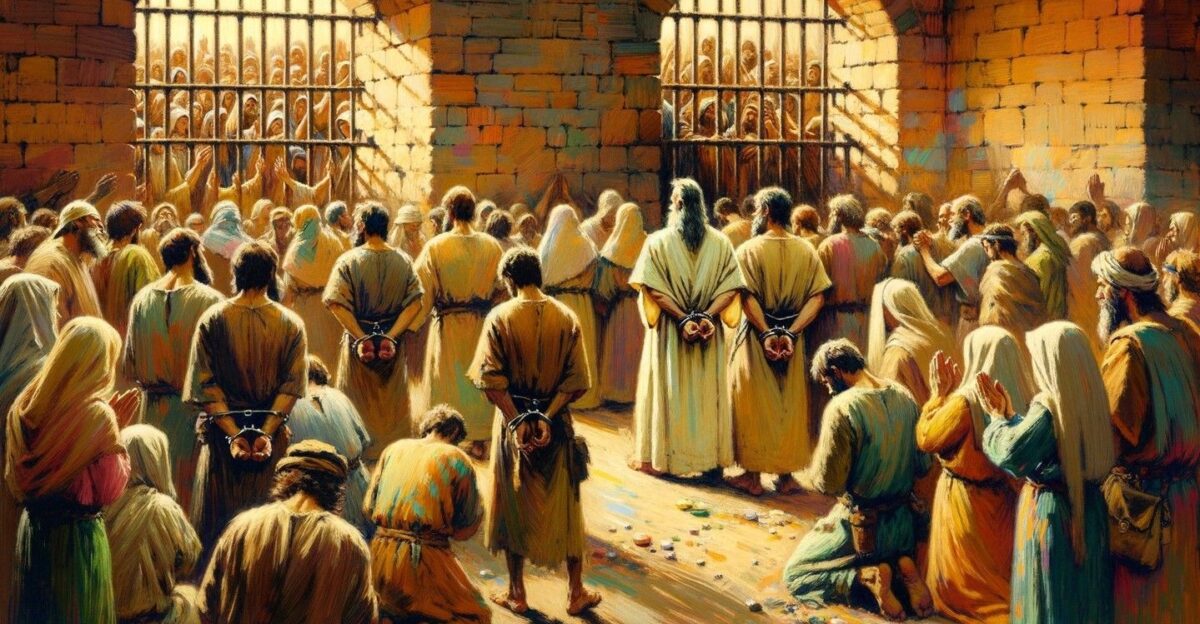
This church marks a turning point. Gone are the covert gatherings in homes or catacombs. Here stands a purpose-built sanctuary, shaped for ceremony and spectacle. Its centralized layout and grand dimensions embodied a new vision of worship: open, organized, and anchored in place. As noted by Smithsonian Magazine, it reflects Christianity’s rapid transformation from a persecuted sect to a publicly celebrated faith.
A Portal Into Early Christian Life
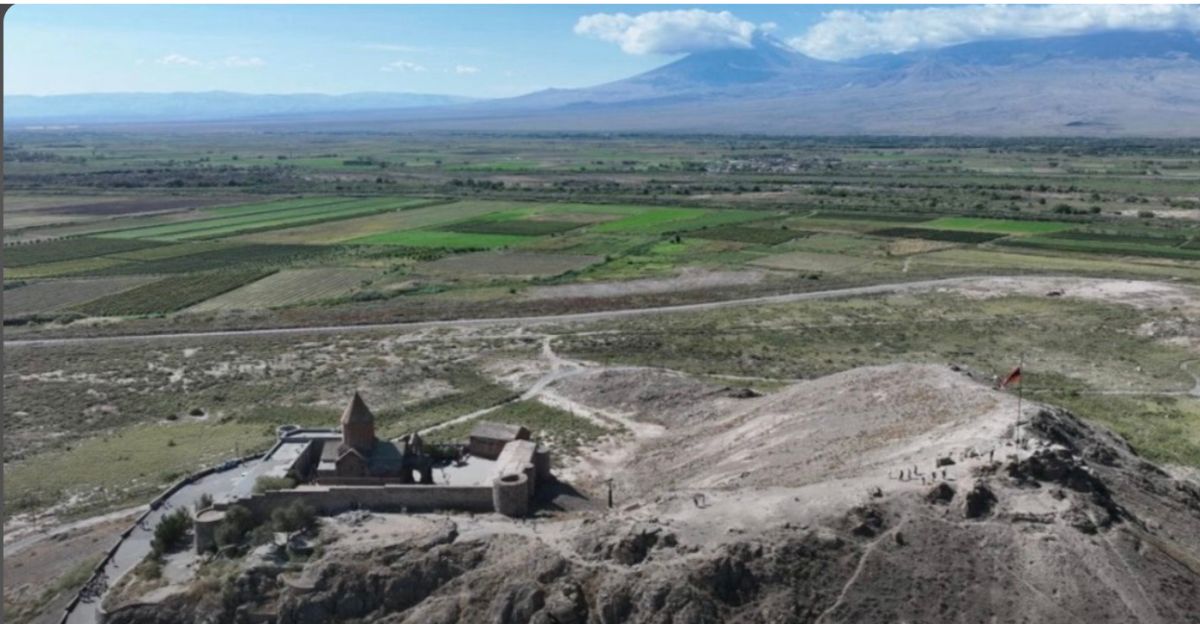
Every stone, shard, and inscription at Artaxata adds depth to what scholars know about early Christian communities. This was a place where East met West, where local traditions blended with imported theology. The Greek inscriptions, the architectural design, and even the imported marble all suggest a community in conversation with the wider Christian world. As researchers from the University of Münster observe, this church offers “sensational evidence” of Armenia’s role in Christianity’s formative centuries.
What Remains to Be Revealed

And yet, the church hasn’t told us everything. Excavations continue. Each layer peeled back might reveal more: names, liturgies, tools, even graves. The collaboration between Armenian and German scholars continues under the Armenian-German Artaxata Project, supported by the German Research Foundation. As the soil yields its secrets, one thing becomes clear: this site will reshape how we understand the Christian world’s earliest days.

